How to save a JSON file from TOTAL for Mobile and submit it through your client's upload portal
This document shows you how to use the Share function in TOTAL for Mobile to save a report as a JSON file, and then submit that file through your client's upload portal.
Document 8007 | Last updated: 06/26/2023 MJY
This feature is no longer available in TOTAL for Mobile.
TOTAL for Mobile allows you to export the data from a report on your mobile device and save it as a JSON file to Dropbox, OneDrive, Google Drive, or a similar cloud storage service. Once the report is stored on the cloud as a JSON file, you can upload that file as your final report through your client's upload portal — all from your mobile device! This process is essentially the same for all cloud storage options and upload portals.
Follow the instructions below to share your report and save it as a JSON file. Or, if you already have the JSON file saved, click here to jump to Part 2 for instructions on uploading the JSON file through your client's upload portal.
Part 1 — Share your report from TOTAL for Mobile
- Make sure you've completed your report using the PDC form and addressed any errors in the report. Then, tap the menu icon ( ) and press Save & Close to return to the File Manager.
- From the File Manager in TOTAL for Mobile, tap the file you want to upload and press Share.

- If you're on an iOS device such as an iPhone or iPad, choose JSON.
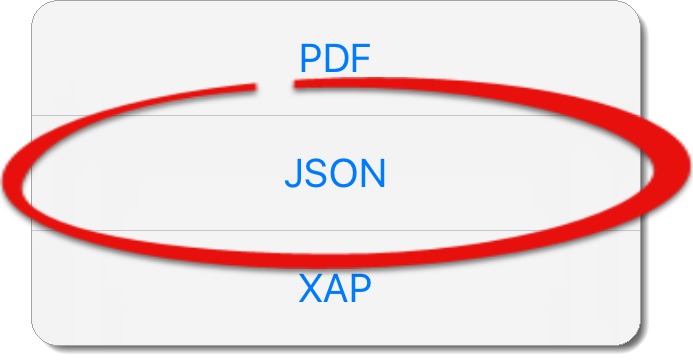
Otherwise, if you're on an Android device, choose PDC.
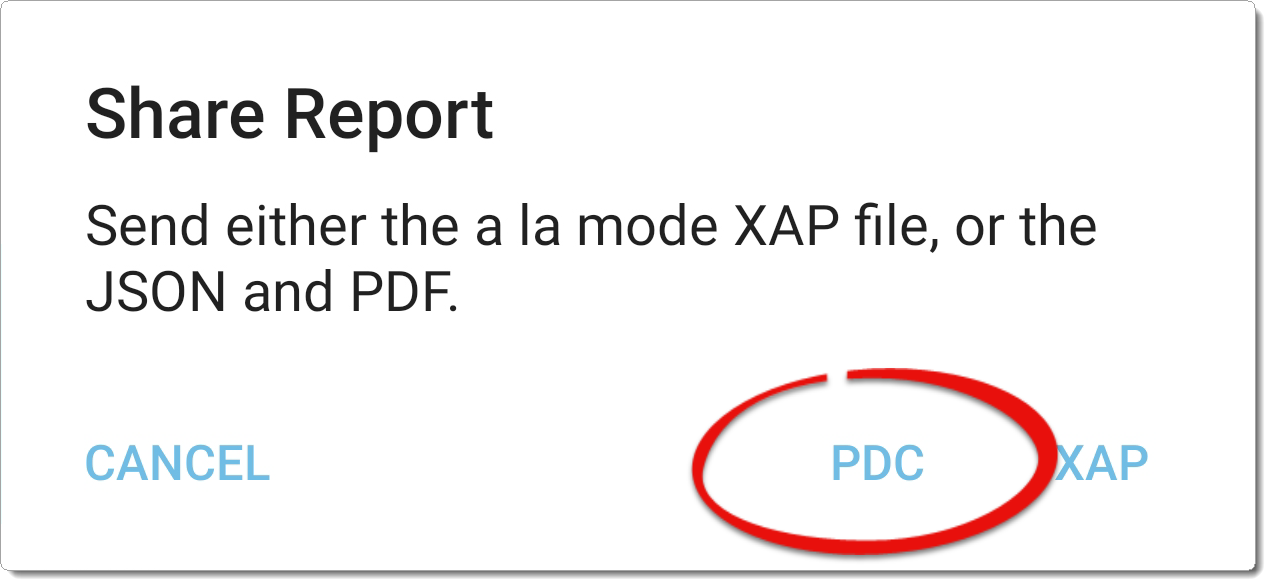
- Choose your cloud storage service from the list of apps, and if necessary, choose a folder or location where you want to store the file. In our example, we're choosing Copy to Dropbox on our iOS device, and Add to Dropbox on Android.
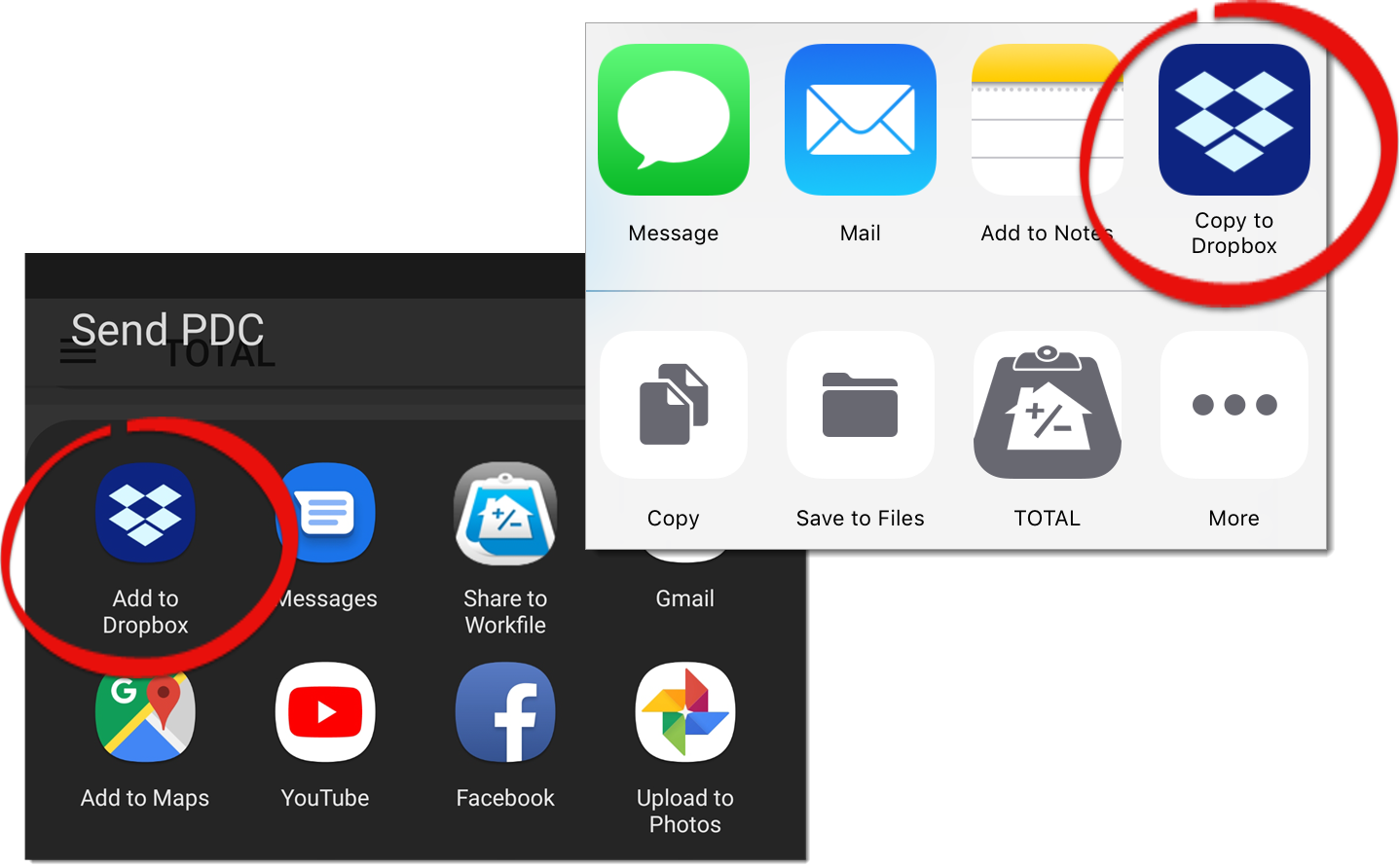
That's it! Your file is now saved in JSON format and is ready to be uploaded to your client's portal. Continue with the steps below for general instructions on uploading the JSON file.
Part 2 — Upload your JSON file to your client's portal
- Open your preferred browser, go to your client's website, and log in to their upload portal as you normally would. For our example, we're logging into Mercury Network's Vendor Portal.
- Find the order that corresponds to the report you're uploading and open it or go through the normal process to complete the order and upload your file. For our Mercury Network example, we simply double‑click the order to open it and click Complete in the toolbar.

- Fill out any additional information as necessary and click the appropriate button to browse for and locate your JSON file. In our example, we click Upload JSON.
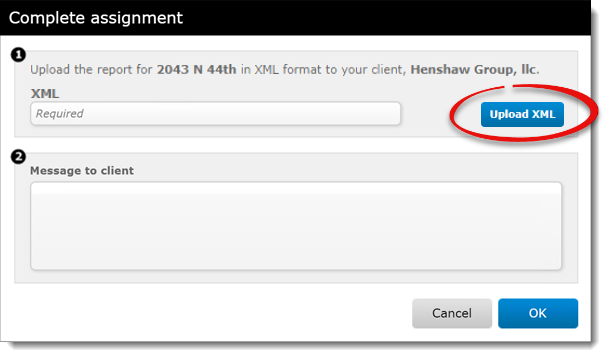
- Next, simply locate your file and upload it:
- If you're on an iOS device such as an iPhone or iPad:
- Select the Browse option from the menu, choose your cloud storage service from the list of locations, and then select your file. In our example, we click Browse, choose Dropbox, and then choose our JSON file from the list of files.

- If you're on an Android device:
- The process to locate your file can vary. Most devices prompt you to choose an action. If this option appears, choose Files.
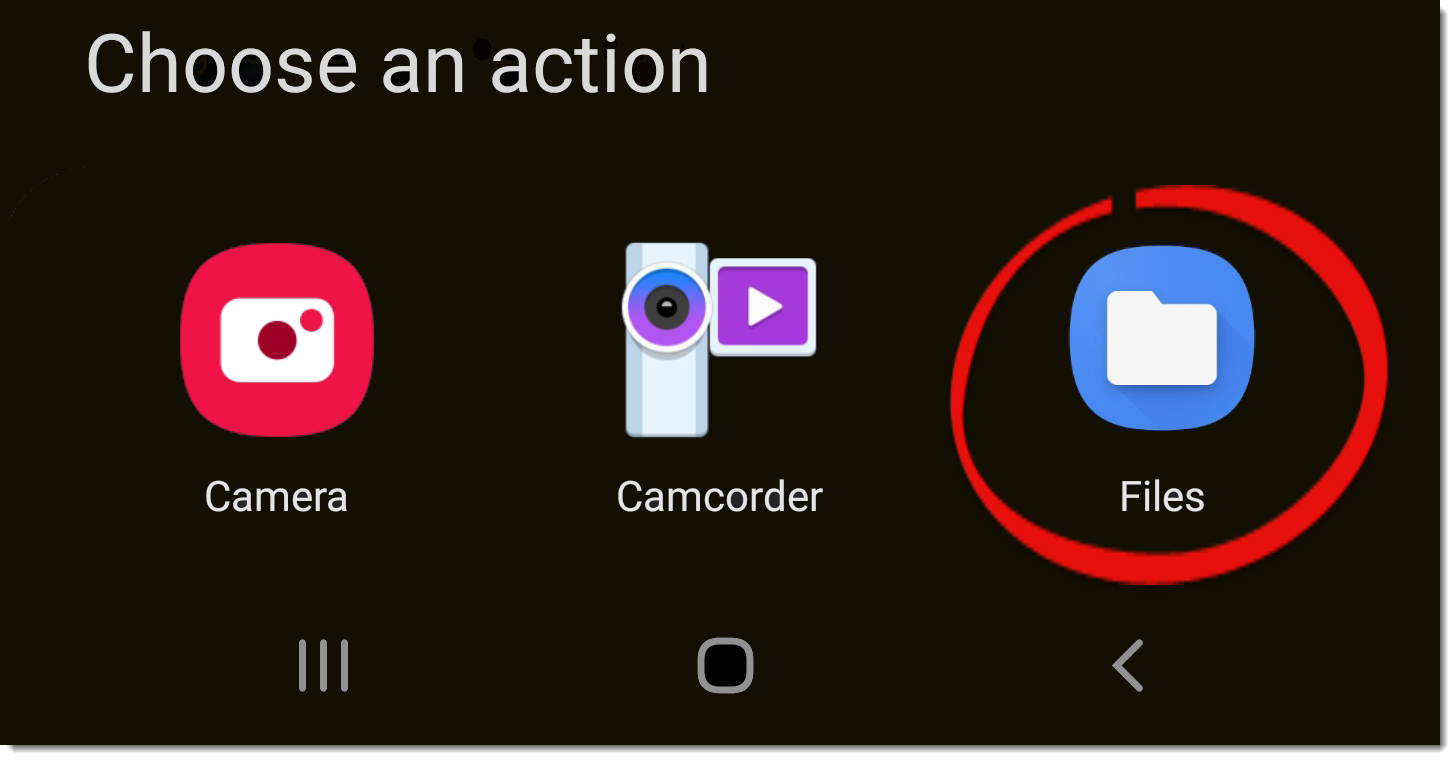
- Then, press the menu icon ( ) on the upper left, choose your cloud storage service from the list, and then select the JSON file.
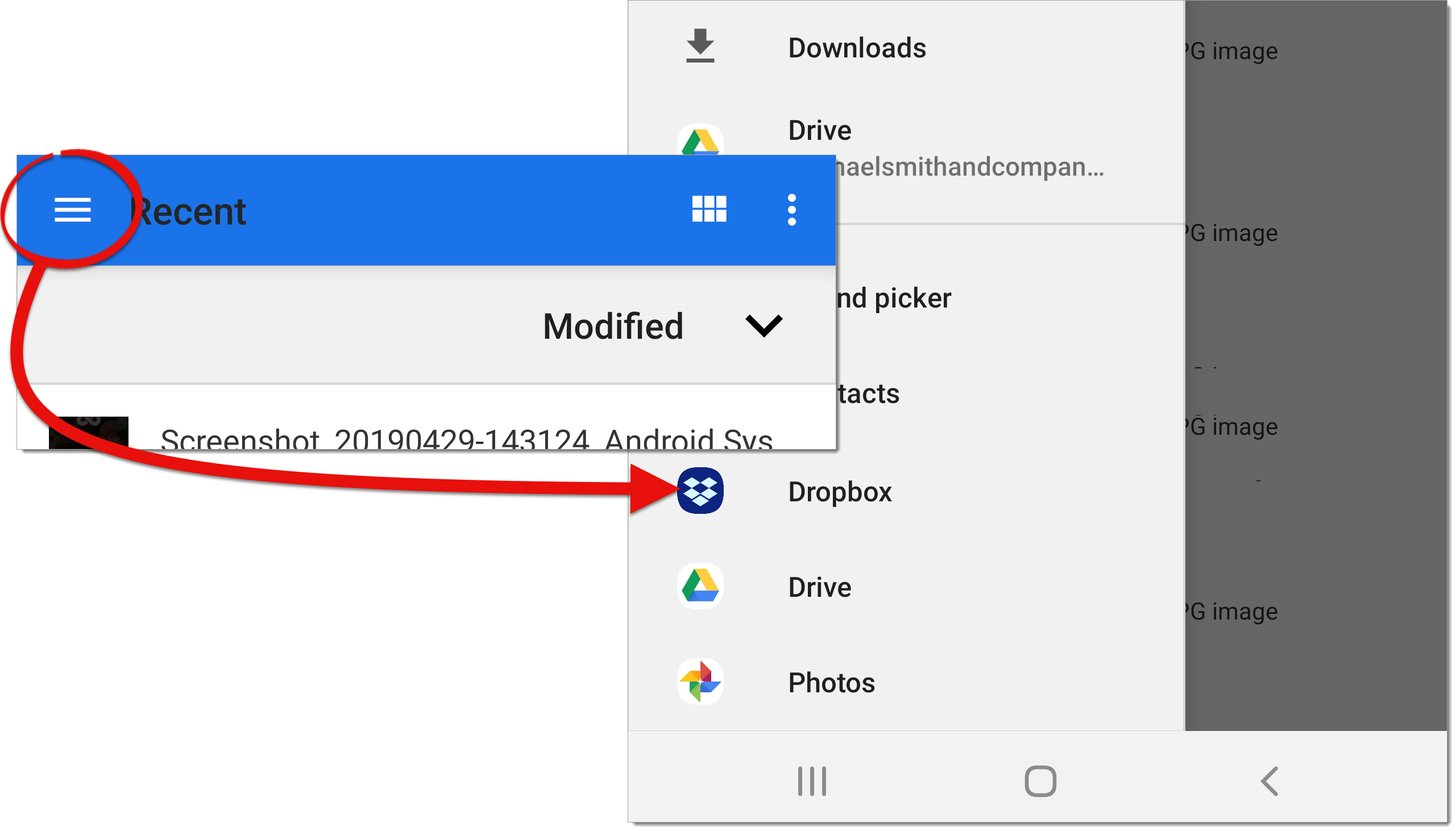 Some devices display a list of apps where you can choose your cloud storage service directly, and then select the file to upload. Others display file type options. If you're given an option to view Documents, choose this option. Then follow the same steps as above to press the menu icon on the upper left, choose your app or service from the list, and select the file to upload.
Some devices display a list of apps where you can choose your cloud storage service directly, and then select the file to upload. Others display file type options. If you're given an option to view Documents, choose this option. Then follow the same steps as above to press the menu icon on the upper left, choose your app or service from the list, and select the file to upload.
- Once you've uploaded and attached the JSON file to your order, simply go through the process to submit it to your client as you normally would.